Yuqiang Heng
Site-Specific Beam Alignment in 6G via Deep Learning
Mar 24, 2024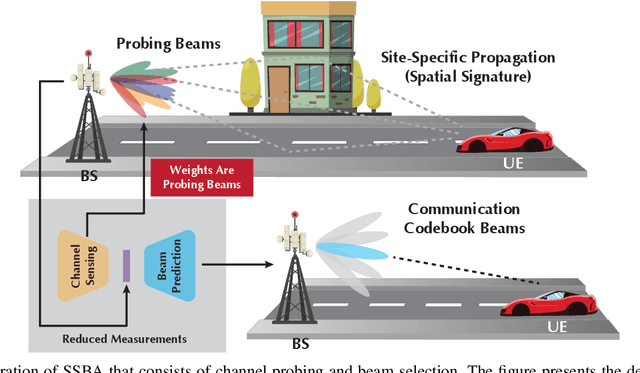
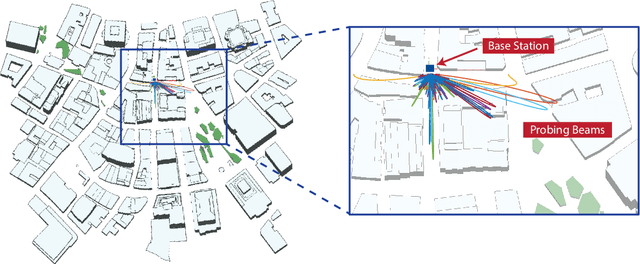
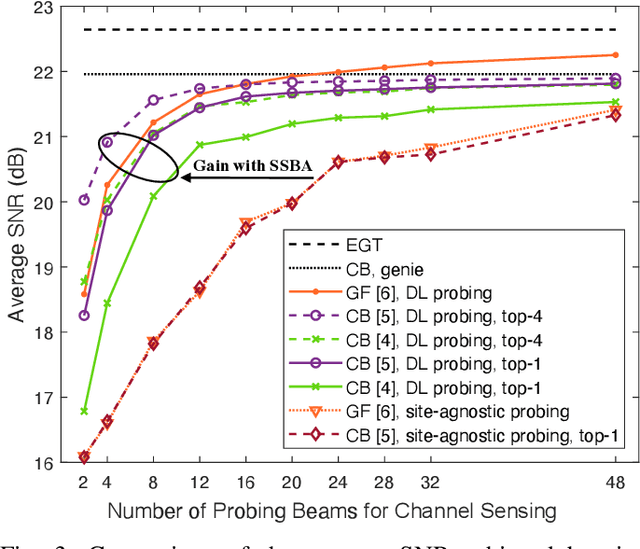
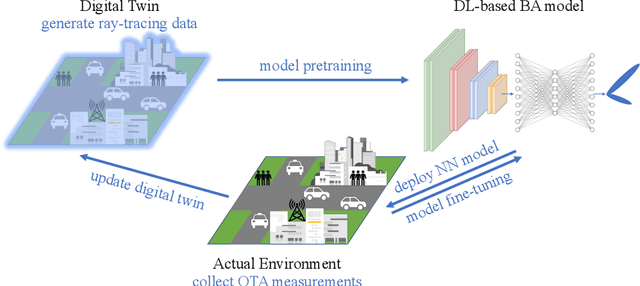
Abstract:Beam alignment (BA) in modern millimeter wave standards such as 5G NR and WiGig (802.11ay) is based on exhaustive and/or hierarchical beam searches over pre-defined codebooks of wide and narrow beams. This approach is slow and bandwidth/power-intensive, and is a considerable hindrance to the wide deployment of millimeter wave bands. A new approach is needed as we move towards 6G. BA is a promising use case for deep learning (DL) in the 6G air interface, offering the possibility of automated custom tuning of the BA procedure for each cell based on its unique propagation environment and user equipment (UE) location patterns. We overview and advocate for such an approach in this paper, which we term site-specific beam alignment (SSBA). SSBA largely eliminates wasteful searches and allows UEs to be found much more quickly and reliably, without many of the drawbacks of other machine learning-aided approaches. We first overview and demonstrate new results on SSBA, then identify the key open challenges facing SSBA.
Grid-Free MIMO Beam Alignment through Site-Specific Deep Learning
Sep 16, 2022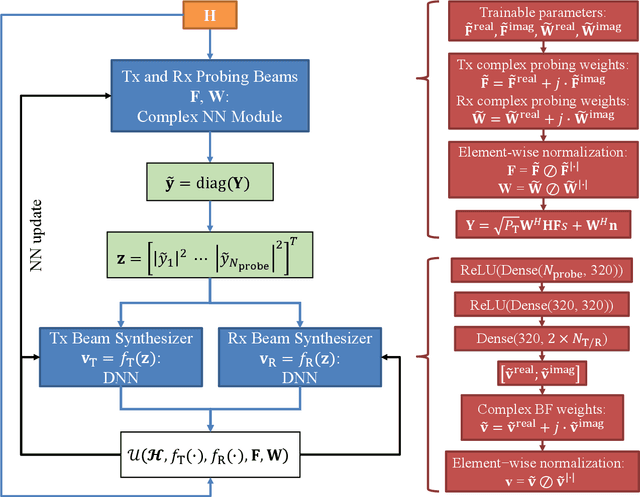
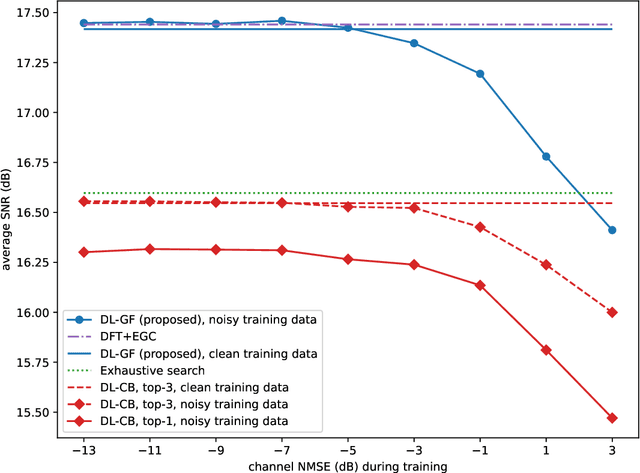
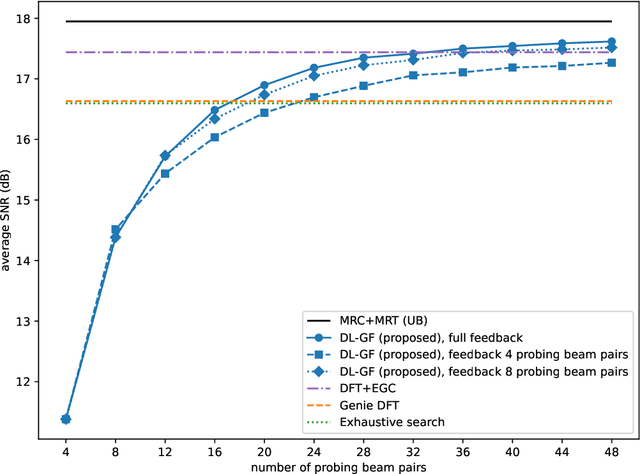
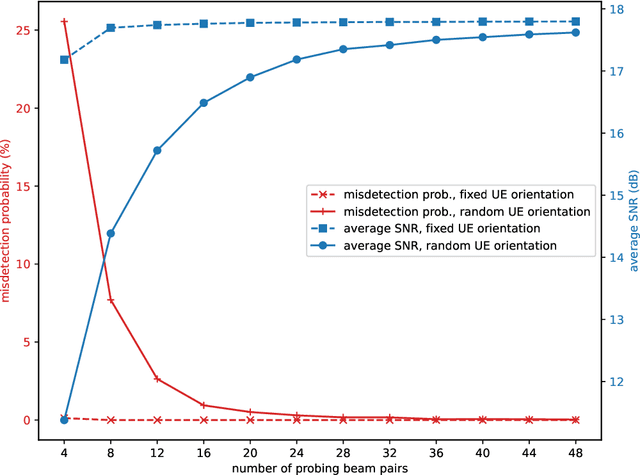
Abstract:Beam alignment is a critical bottleneck in millimeter wave (mmWave) communication. An ideal beam alignment technique should achieve high beamforming (BF) gain with low latency, scale well to systems with higher carrier frequencies, larger antenna arrays and multiple user equipments (UEs), and not require hard-to-obtain context information (CI). These qualities are collectively lacking in existing methods. We depart from the conventional codebook-based (CB) approach where the optimal beam is chosen from quantized codebooks and instead propose a grid-free (GF) beam alignment method that directly synthesizes the transmit (Tx) and receive (Rx) beams from the continuous search space using measurements from a few site-specific probing beams that are found via a deep learning (DL) pipeline. In realistic settings, the proposed method achieves a far superior signal-to-noise ratio (SNR)-latency trade-off compared to the CB baselines: it aligns near-optimal beams 100x faster or equivalently finds beams with 10-15 dB better average SNR in the same number of searches, relative to an exhaustive search over a conventional codebook.
Learning Site-Specific Probing Beams for Fast mmWave Beam Alignment
Jul 28, 2021



Abstract:Beam alignment - the process of finding an optimal directional beam pair - is a challenging procedure crucial to millimeter wave (mmWave) communication systems. We propose a novel beam alignment method that learns a site-specific probing codebook and uses the probing codebook measurements to predict the optimal narrow beam. An end-to-end neural network (NN) architecture is designed to jointly learn the probing codebook and the beam predictor. The learned codebook consists of site-specific probing beams that can capture particular characteristics of the propagation environment. The proposed method relies on beam sweeping of the learned probing codebook, does not require additional context information, and is compatible with the beam sweeping-based beam alignment framework in 5G. Using realistic ray-tracing datasets, we demonstrate that the proposed method can achieve high beam alignment accuracy and signal-to-noise ratio (SNR) while significantly - by roughly a factor of 3 in our setting - reducing the beam sweeping complexity and latency.
 Add to Chrome
Add to Chrome Add to Firefox
Add to Firefox Add to Edge
Add to Edge